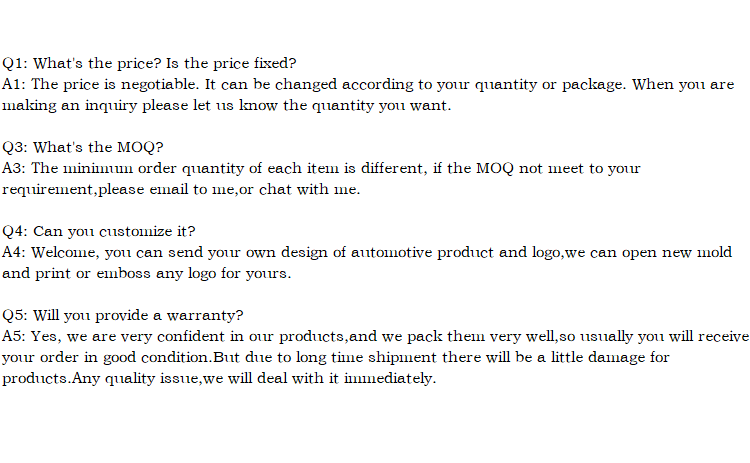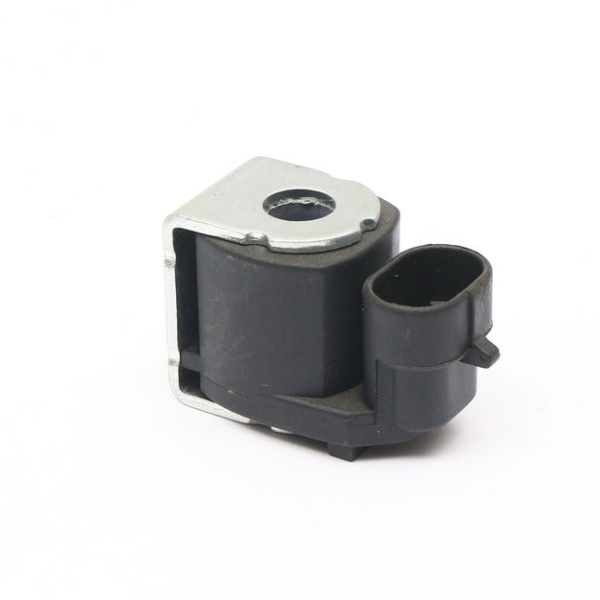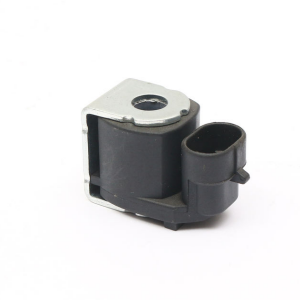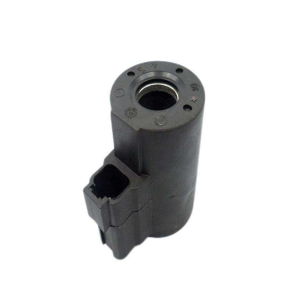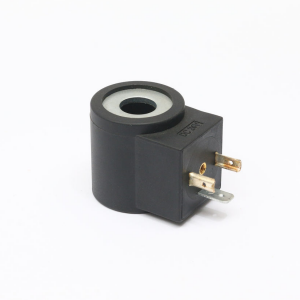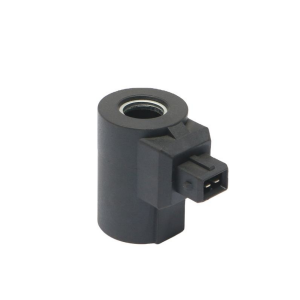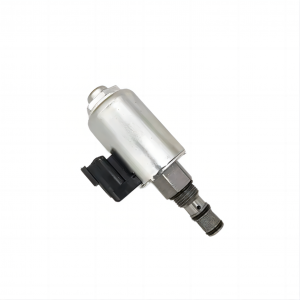0042 Sealed Connector LPG CNG Replacement Solenoid Coil
Details
Applicable Industries: Building Material Shops, Machinery Repair Shops, Manufacturing Plant, Farms, Retail, Construction works, Advertising Company
Model: A5 SPORTBACK
Height: 29.2mm
Width: 25.0mm
Voltage: 12V 24V 28V 110V 220V
Resistance: 3 Ohm
Power: 48Watt
Insulation class: H
Protection class: IP65, IP67, IP68
Packaging
Selling Units: Single item
Single package size: 7X4X5 cm
Single gross weight: 0.300kg
solenoid valve:
The solenoid valve coil is 29mm high and 9mm in inner diameter.
1. Conditions for judging the scrap of rail spraying coil: Check whether there is air leakage at the wire harness root and whether the resistance of the four coils is between 9 and 3 ohms.
Second, the product is coated with thermoplastic materials or flame retardant and high temperature resistant resin, which has excellent high temperature resistance and moisture resistance. Widely used in automobile dual-fuel LPG/CNG refitting system, gas common rail, motorcycle device, and commonly used voltage resistor DC12V.
III: ① Structure and technical parameters of common rail injector
1, the shape structure
It is mainly used for fuel injectors of commercial vehicles, which can realize three injection forms: pre-injection, main injection and post-injection. Fuel injection quantity and fuel injection duration are determined by system pressure and power-on time, and are driven by electronic control unit. At present, commercial vehicle injectors are mainly in the following forms;
2. Main technical parameters
Coil resistance: 230mΩ
Maximum power-on time: 4ms
Maximum working rail pressure: 1600bar
② Working principle of common rail injector
principle of operation
Off (no injection) = > On (start injection) = > Full opening (injection) = > Off (decrease of injection quantity) = > Full closing (stop injection)
③ Common failures of common rail injectors and their pre-discrimination methods.
1. Internal corrosion of fuel
njectorFault symptoms: the engine works rudely, and black smoke is emitted when refueling the door;
Cause of failure: too much water in fuel;
Solution: 1. Ensure fuel quality; 2. Drain water regularly and ensure the quality of oil-water separator;
2. The internal seat surface of the injector is worn.
Fault phenomenon: the fault light is on, black smoke is emitted when the gas door is filled, and the power is insufficient;
Cause of failure: fuel contains a large number of fine particles;
Solution: Ensure the quality of the filter, especially the fine filtration quality. Install a filter device in the vent hole of the oil tank to avoid the external environment from polluting the fuel and ensure the fuel quality.
3, copper gasket seal is not good, the cylinder gas channeling.
Fault symptoms: insufficient engine power, combustion gas escaping into the return oil;
Failure reason: the copper gasket was pitted by particles and could not be sealed;
Solution: Ensure the cleanliness of the copper gasket, engine mounting hole and injector when installing the injector.
The copper gasket cannot be reused. Bosch recommends using only one copper gasket to avoid using multiple gaskets.
4, electromagnetic valve electromagnetic coil melting
Fault symptom: the injector can't work normally;
Cause of failure: the solenoid valve coil is melted due to too high power-on voltage or too long power-on time;
Solution: It is forbidden to artificially power up the fuel injector;
5, mechanical man-made damage
Fault symptom: The injector can't work normally due to mechanical damage, and the engine is unstable.
Failure reason: wrong operation and unreasonable installation.
Solution: 1. Tighten the solenoid valve cap, the terminal and the bundle plug to avoid rough operation; 2. Install the fuel injector in strict accordance with the instruction manual;
IV: Structure diagram of solenoid valve common rail injector
. The current control solenoid valve attracts the armature, and the armature drives the valve stem and needle valve couple to open the fuel injector for fuel injection.
Therefore, controlling the fuel injector is to control the solenoid valve of the fuel injector. The solenoid valve is equivalent to a coil, which generates electromagnetic force by passing current through the coil. The greater the current, the greater the electromagnetic force until the armature can be attracted. In practical application, the injector is usually turned on with a larger current first, and then the solenoid valve is kept on with a lower current.
Company details







Company advantage
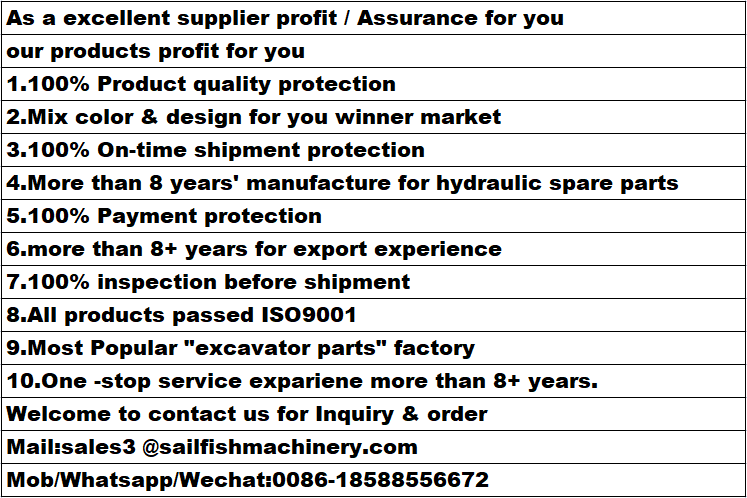
Transportation

FAQ
